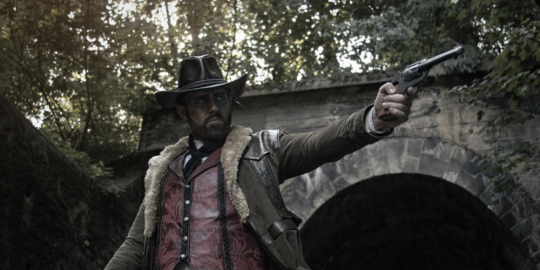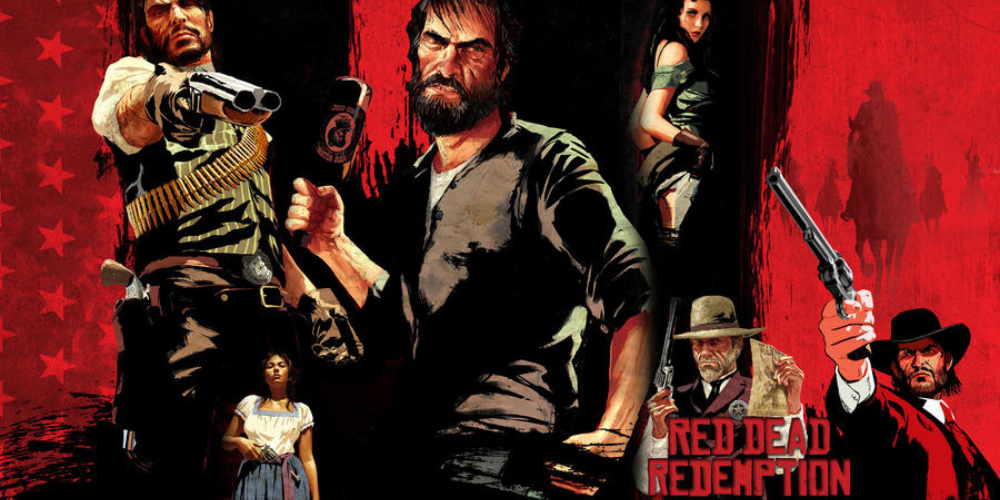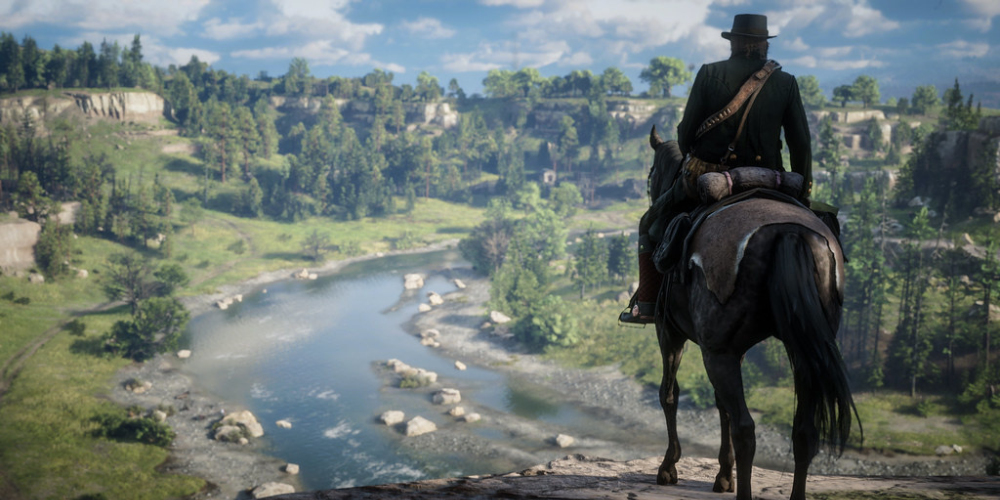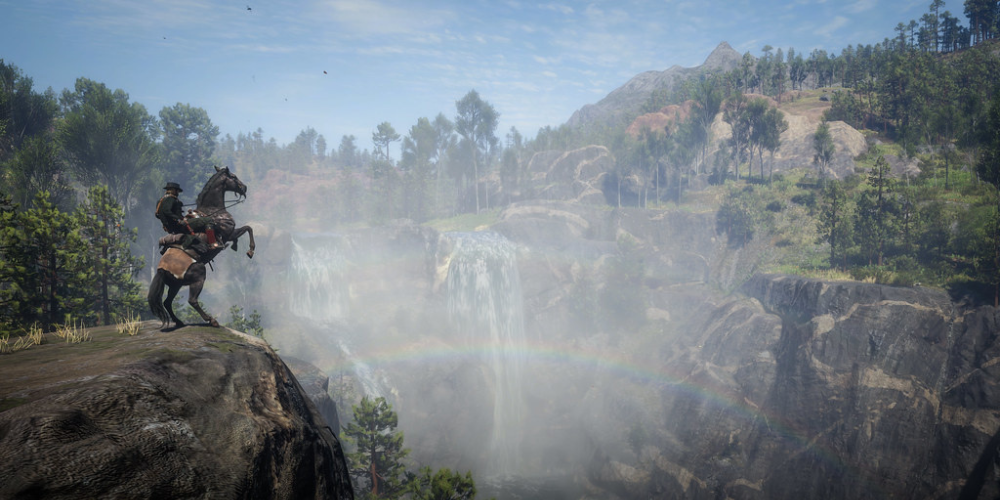
Embarking on the virtual frontier in Red Dead Redemption 2, players are not only greeted with a captivating storyline and immersive gameplay but also with an opportunity to engage with the environment in one of the most realistic ways possible - through hunting. The hunting mechanic in RDR2 is a complex and rewarding system, providing not only a source of income and resources but also a sense of connection to the game's expansive world.
Understanding Your Prey

Before you can truly excel at hunting in Red Dead Redemption 2, it is crucial to understand the animals you are pursuing. Each species behaves differently and requires a specific approach. From the majestic elk roaming the open plains to the elusive panther lurking in the dense forest, each animal has unique patterns and characteristics. Studying your prey is not just about tracking it but also about recognizing its habits, preferred habitats, and the times of day when it is most active. Engaging with the game's compendium, which records information on the various species you encounter, will be invaluable in your pursuit of becoming a seasoned hunter.
Additionally, the quality of your quarry is of utmost importance. Animals in Red Dead Redemption 2 are graded based on the condition of their pelts and carcasses, with a three-star rating indicating a pristine specimen. Securing a perfect destroy ensures the highest quality loot, which can be sold for a premium or used to craft superior gear. To guarantee you're targeting the right animal, use your binoculars to study them from afar, allowing you to determine their rating before engaging. Patience and observation are key here, as rushing in can result in a subpar harvest, wasting both your time and resources.
Selecting the Right Equipment

Your choice of equipment is a determining factor in your hunting success. Weapons and ammunition must be carefully selected to match the game you are after. The diverse arsenal available in Red Dead Redemption 2 ranges from bows to rifles, each suited for different types of prey. Smaller animals, like rabbits and squirrels, require the varmint rifle or small game arrows to preserve the integrity of their pelts. Conversely, larger games such as bison or bears necessitate the use of more powerful weapons like the Springfield or Bolt Action Rifle, aimed at vital organs to ensure a clean pursuit.
Aside from your weapon selection, other gear can enhance your hunting experience. Items such as cover scent lotion can mask your smell, making it easier to approach wary animals, while bait can be used to lure them into a predetermined area for a better vantage point. It's also important to note the condition of your equipment; a well-maintained weapon is far more effective and reliable. Tailoring your loadout to the specific hunt you're embarking on will greatly increase your chances of securing a prize-worthy haul.
Honing Your Tracking Skills
![]()
Once you've identified and equipped yourself for your target, the next step is to track it. This involves more than simply following prints; it's about becoming attuned to the environment. Red Dead Redemption 2's tracking system allows you to follow a trail indicated by visible clues such as footprints, broken twigs, and animal droppings. However, keen hunters know that these signs are just part of the story. Paying attention to the direction of the wind, the noise you make, and even the type of terrain can influence your approach.
Furthermore, as you spend more time in the wilderness, you'll begin to recognize the sounds and movements of different animals. A rustling bush might signify a small critter, while birds suddenly taking flight could alert you to a larger presence. Developing these instincts takes time and practice, but they're invaluable skills that set apart the novices from the masters. As you refine your tracking abilities, you'll find yourself anticipating your prey's movements, predicting where they'll head next, and positioning yourself for the perfect engagement.
Executing the Perfect Engagement

The culmination of your preparation, tracking, and patience is the moment of engagement. This critical phase requires precision and composure. When you have your target in sight, take a moment to calm your character's breathing to steady your aim. Aim for vital spots; a headshot or heartshot will ensure a quick pursuit, maintaining the quality of your game. The Dead Eye feature is a valuable tool for this, slowing down time to allow you to place your shots with lethal accuracy. Use it sparingly, though, as you'll want to conserve this ability for when you truly need it.
Timing is also essential. You must consider the animal's behavior – wait for it to settle if it's moving or to present a clear shot if it's obscured by foliage. The difference between a hasty, ill-considered shot and a well-timed, well-placed one is often the difference between success and a missed opportunity. Remember, not every engagement has to result in pursuit – sometimes, the most prudent choice is to wait for a better opportunity rather than risk ruining a potential three-star pelt. With each engagement, you'll learn and improve, honing your skills for future hunts.